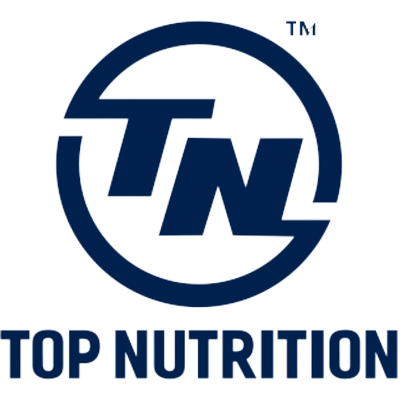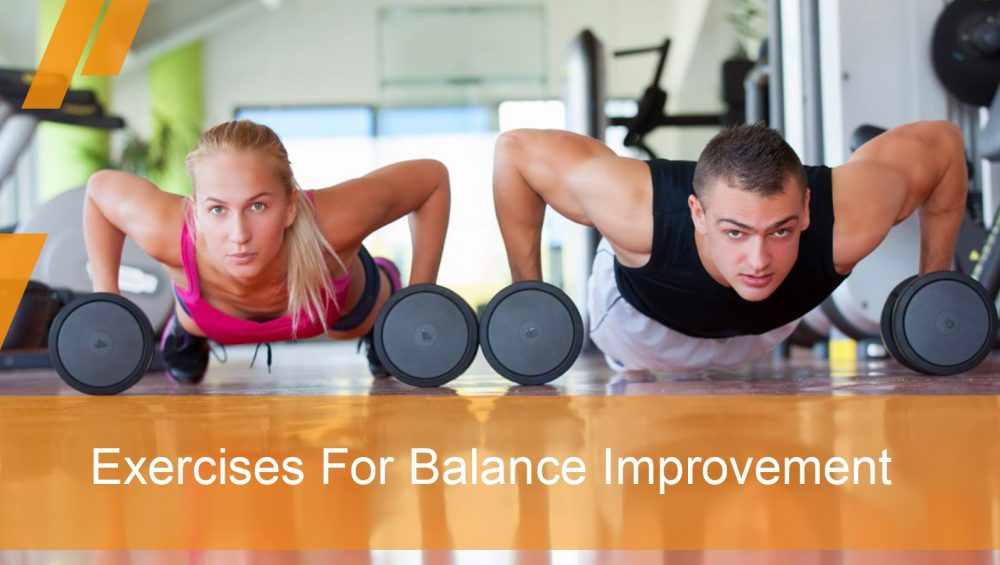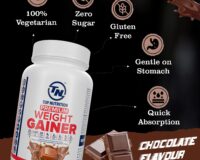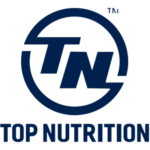As long as you are able to recover after a peaceful weekend or a good night’s sleep, it is natural to feel fatigued during the day.
Chronic fatigue, however, can be a multifaceted problem with elements that aren’t always connected to activity, rest, or sleep, including physical, emotional, behavioral, and cognitive aspects (1).
Physical activity, “I don’t have the energy to do daily tasks,” motivation, “I don’t have the desire to do anything today,” and concentration, “I don’t have the ability to focus today” are the three basic manifestations of weariness (2).
You might want to examine your eating habits, stress levels, and/or sleep habits if you have one or more of these symptoms.
Sleep
You need to get enough sleep to stay healthy and awake. Although everyone’s optimal sleep time is different, it’s generally agreed upon that you should consistently get seven hours or more of sleep per night (3).
For your brain to experience enough non-rapid eye movement (NREM) sleep and one stage of rapid eye movement (REM) sleep, your sleep should be as unbroken as possible (4).
You should try to sleep at the same time every night. Your sleep and wakefulness are controlled by your body’s natural circadian rhythm, which is controlled by clock genes (5).
Your body won’t function at its best if you get up or go to bed at different times throughout the week.
Here are a few suggestions for enhancing your sleeping habits (6).
To get at least seven hours of actual sleep, try to stay in bed for at least eight hours. Maintain a regular bedtime and wake-up time each day (5).
Try to avoid drinking any caffeine at least six hours before bed (7).
Try to finish your last substantial meal three hours before going to bed (8). Disable any audio or visual notifications on your electronics (9).
Try to put all screens away at least one hour before bed (10).
Before going to bed, try reading a book, listening to calming music, breathing, gently stretching, taking a hot bath, or enjoying a warm cup of tea (11)(12).
Keep the bedroom as cool as you can and as dark as you can (13)(14).
To stop being awakened in the middle of the night by noises outdoors, try using a white noise machine (15).
As soon as you get up, try to get some direct sunlight (16).
If none of these remedies seem to be effective, you might want to have a sleep issue like insomnia, restless legs syndrome, or sleep apnea professionally diagnosed.
Nutrient Deficiency
If you believe that you receive adequate restful, unbroken sleep, you might want to concentrate on your diet. Numerous biological processes, including the production of energy, DNA synthesis, oxygen transport, and brain activities, depend on vitamins and minerals (17).
People who are deficient in micronutrients like iron, B vitamins like B1, B2, B3, B6, B9, and B12, magnesium, and/or zinc may feel signs of mental and physical exhaustion (17).
A blood test at a hospital is what you should acquire if you’re interested in your nutritional levels.
Iron should be the first nutrient you check for since a lack of iron can induce anaemia, which has weariness as its main symptom.
Children, people who are menstruation, and people with low iron intake are frequently among the categories at risk (18).
Haemoglobin, which is in charge of distributing oxygen and energy throughout the body, is made possible by iron.
Numerous studies have linked anaemia, which is defined by haemoglobin levels below 120 g/L for women and 130 g/L for males, with fatigue (17).
If you have low iron levels, you should eat more fortified cereals, nuts, seeds, legumes, and vegetables as well as more red meat, chicken, and seafood for heme iron (18).
You should increase your iron levels with a supplement or medical infusions if you have been identified as anaemic.
Nearly every B vitamin is involved in at least one and frequently many steps of the cell’s energy-production pathway.
An individual is likely to develop one of the often observed signs of weariness if they have a major deficiency in any of the B vitamins.
Here are a few instances: Thiamine, a vitamin B1 deficiency, can cause Beriberi disease. A increased risk of anaemia results from a lack of riboflavin (vitamin B2).
Niacin deficiency (Vitamin B3) can cause generalised clinical signs of weariness. Microcytic anaemia can result from pyridoxine (vitamin B6) deficiency.
Megaloblastic anaemia can be brought on by a lack of folate (Vitamin B9). Cobalamin (Vitamin B12) deficiency can lead to decreased energy, exhaustion, and shortness of breath.
Elderly people, anaemic people, people with gastrointestinal problems, and vegetarians are frequently at-risk groups (19).
You can consume more red meat, salmon, organ meat, milk, nutritional yeast, and green leafy vegetables if you don’t receive enough B vitamins.
A multivitamin, a green powder, or intravenous vitamin B injections can also be used as supplements.
Numerous cellular processes, including the synthesis and use of ATP, as well as neuromuscular coordination, depend on magnesium.
Fatigue, sluggishness, and loss of appetite can all be symptoms of a magnesium deficit. People with type 2 diabetes, gastrointestinal conditions, and alcoholism are among the at-risk populations frequently (20).
Eat additional green leafy vegetables, such as spinach, legumes, nuts, seeds, and whole grains if you have low magnesium levels (20). A multivitamin, ZMA, or magnesium-only supplement are also options.
Zinc is essential for the antioxidant defense system and is involved in numerous facets of cellular metabolism (21).
Epidermal, gastrointestinal, immunological, skeletal, and reproductive systems can all be impacted by a zinc deficit (22).
People with gastrointestinal conditions like celiac disease, inflammatory bowel disease (IBD), ulcerative colitis, and Crohn’s disease, vegetarians (especially vegans), women who are pregnant or nursing, people with sickle cell disease (SCD), and people with alcohol use disorders are frequently included in at-risk populations (23).
Although vegetables like beans, nuts, and whole grains contain zinc, it is less bioavailable due to the presence of phytates, which prevent absorption (23).
To help increase your numbers, you can also take a multivitamin, ZMA, or a zinc-only supplement.
Stress
Although stress is a normal part of life, persistent stress can result in poor mental health, hypertension, depression, burnout, or an illness called stress-related exhaustion (24).
The worst part is that any of these outcomes has the potential to set off a negative feedback loop, increasing tension and exhaustion (24).
Chronic inflammation, damage to blood vessels and arteries, rises in blood pressure, and even decreases in brain grey matter volume can all result from your body experiencing frequent surges in your sympathetic nervous system, which can all contribute to your weariness (25).
Inactivity, relationships, emotional problems, traumatic events, location-based pressures, or work can all be sources of stress.
If you frequently experience stress, you might want to think about making some of the following lifestyle adjustments to reduce some of your stressors.
You should first try to improve your physical health through food and exercise (25)(26).
According to studies, there is a significant positive and negative association between physical health and feelings of joy, increased energy, and reduced stress (27).
Second, you can attempt a Mindfulness-Based Stress Reduction (MBSR) programme, which has been shown to help reduce stress and fatigue (28).
Examples of MBSR programmes include controlled breathing, meditation, yoga, or tai chi.
Third, you might try to get in touch with nature by taking in some fresh air, relaxing in the sun, going for a walk outside, swimming in the ocean, or maybe taking a hot spring bath (29).
Wherever your exhaustion is, address it. Finding the root reasons of chronic fatigue can be difficult because they are frequently complex and subtle.
The best strategy for getting over this weariness is to take the time to cover all of your bases. Look into these potential causes on your own, and don’t be afraid to contact your doctor.
Works Citation
- https://www.ncbi.nlm.nih.gov/pmc/articles/PMC5420158/
- https://www.ncbi.nlm.nih.gov/pmc/articles/PMC7348057/
- https://www.ncbi.nlm.nih.gov/pmc/articles/PMC4434546/
- https://www.ncbi.nlm.nih.gov/pmc/articles/PMC6267703/
- https://www.ncbi.nlm.nih.gov/pmc/articles/PMC1114487/
- https://www.precisionnutrition.com/hacking-sleep
- https://www.ncbi.nlm.nih.gov/pmc/articles/PMC6292246/
- https://www.ncbi.nlm.nih.gov/pmc/articles/PMC4425165/
- https://www.ncbi.nlm.nih.gov/pmc/articles/PMC5839336/
- https://www.health.harvard.edu/staying-healthy/blue-light-has-a-dark-side
- https://www.nature.com/articles/s41598-020-64218-7
- https://www.ncbi.nlm.nih.gov/pmc/articles/PMC6361823/
- https://www.pnas.org/doi/10.1073/pnas.2113290119
- https://www.ncbi.nlm.nih.gov/pmc/articles/PMC3427038/
- https://pubmed.ncbi.nlm.nih.gov/34049045/
- https://www.ncbi.nlm.nih.gov/pmc/articles/PMC6751071/
- https://www.ncbi.nlm.nih.gov/pmc/articles/PMC7019700/
- https://www.hsph.harvard.edu/nutritionsource/iron
- https://ods.od.nih.gov/factsheets/VitaminB12-HealthProfessional/
- http://ctsheets/Magnesium-HealthProfessional/
- https://ods.od.nih.gov/factsheets/Zinc-HealthProfessional/
- https://www.ncbi.nlm.nih.gov/pmc/articles/PMC3724376/
- https://ods.od.nih.gov/factsheets/Zinc-HealthProfessional/
- https://www.frontiersin.org/articles/10.3389/fpsyg.2018.00231/full#B2
- https://www.ncbi.nlm.nih.gov/pmc/articles/PMC5579396/
- https://pubmed.ncbi.nlm.nih.gov/30020672/
- https://pubmed.ncbi.nlm.nih.gov/30672069/
- https://www.ncbi.nlm.nih.gov/pmc/articles/PMC7349817/
- https://www.ncbi.nlm.nih.gov/pmc/articles/PMC6491965/
- https://pubmed.ncbi.nlm.nih.gov/20047707/













